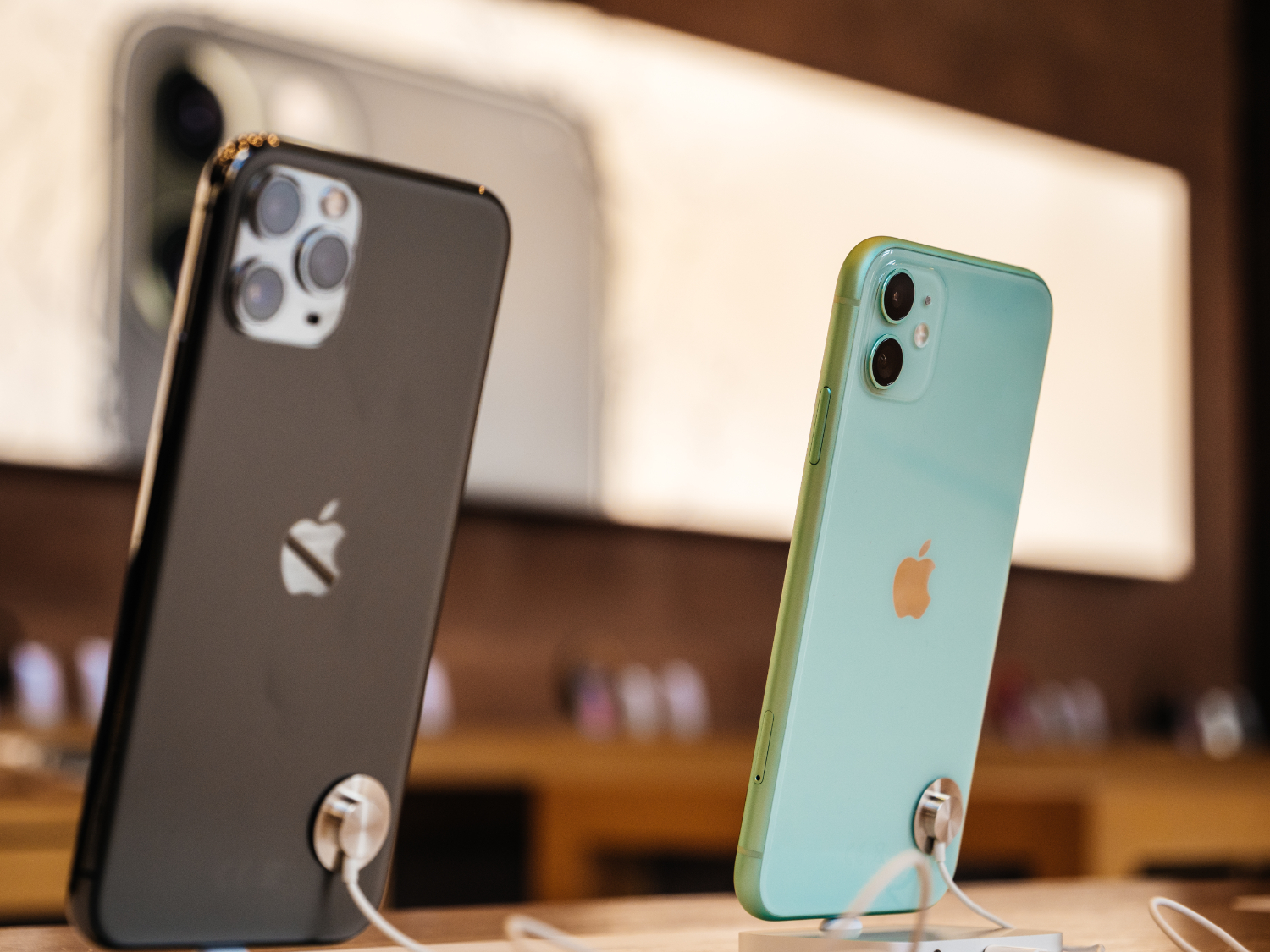7nm Supply Showdown: AMD, Nvidia May Fight for Scraps as Apple Reportedly Ups A13 Production
Graphics card and CPU vendors may be left fighting over 7nm scraps. Nikkei Asian Review reported today that Apple told suppliers to increase production of the iPhone 11, iPhone 11 Pro and iPhone 11 Pro Max by 10%, due to higher-than-expected demand. That comes out to roughly 8 million additional units--all of which rely on the custom A13 Bionic chip manufactured using TSMC's already-strained 7nm process.
AMD and Nvidia both source 7nm chips from TSMC. DigiTimes reported in mid-September that TSMC had to increase lead time for that silicon from two months to six months. A few weeks later, DigiTimes reported that TSMC advised customers to get in their orders for the entirety of 2020. Some of the world's largest tech companies would have to predict demand for their products more than a year in advance.
That's why it came as little surprise when research firm IC Insights said it only took three quarters for 7nm chip sales to make up more than 20% of TSMC's quarterly revenues. IC said TSMC was "already planning to set aside more funds to expand capacity for its advanced processes" because "strong demand for the advanced nodes has resulted in tight supply and longer lead times." We suspect those problems will get worse before they get better.
TSMC is Apple's primary fab and is tasked with manufacturing the A13 Bionic. Apple's purported order for another 8 million smartphones probably won't help matters. Nikkei Asian Review said the company was originally conservative with orders related to the latest iPhone models. Demand has apparently surpassed expectations, though, especially for the base model iPhone 11 and iPhone 11 Pro (Apple reportedly told suppliers to make fewer iPhone 11 Pro Max units).
That could pose a problem for TSMC's other customers as they pursue their own 7nm ambitions. AMD uses the manufacturer's chips in its Ryzen 3000 CPUs and Navi graphics cards. Nvidia has said that it will source its first 7nm graphics cards from both TSMC and Samsung. Enthusiasts might not typically care much about the new iPhone, but that might change if next-gen graphics or CPU supplies are impacted by Apple's latest.
Get Tom's Hardware's best news and in-depth reviews, straight to your inbox.

Nathaniel Mott is a freelance news and features writer for Tom's Hardware US, covering breaking news, security, and the silliest aspects of the tech industry.
-
hftvhftv This is unfortunate, but at least if production is boosted significantly and they are able to meet the demand, prices shouldn't spike too muchReply -
hannibal Boosting production takes time. It takes two year to build fab and make it running properly. So we will have 7nm shortage to 2022... if the demand does not get bigger in the meanwhile...Reply
Heh... maybe amd and nvidianhave to go back to 12nm in some of their products like Intel is stuck at 14nm+++++ though Intel problems Are a Little different. It seems than 7nm from TSMC is desent and because of that demand is higher.
Big Navi moves to 2021 because of this? Nvidia would like that! -
refillable What I rather don't get is, why are people still thrilled about iPhones to the point where they "beat expected demands"? Sure they have unrivalled performance but isn't a second hand iPhone X or heck even the iPhone 8 a much wiser choice considering there's no revolutionary update since then?Reply -
NightHawkRMX Truely new iphones are just so overpriced i cant understand why people still buy them.Reply
I long for the iPhone 5s days. Revolutionary features like a fingherprint sensor and incredably solid build.
Metal and glass and feels great in the had. -
InvalidError Reply
I'd expect AMD's contract for baseline wafer volume to stretch quite far into the future to avoid having an outright shortage at any point in time, I wouldn't worry about it unless TSMC has a power outage or other event that messes up production for weeks or months.hftvhftv said:This is unfortunate, but at least if production is boosted significantly and they are able to meet the demand, prices shouldn't spike too much -
JayNor Apple and Huawei probably still 1 and 2 in tsmc 7nm. They combined for about 85% of 7nm volume there in 2018.Reply
I suspect they have the leverage to demand priority processing.
Maybe AMD gets some love, since they are pushing development of high performance cpus. The AMD partnership gives tsmc an experiment with higher power process corners vs the low power mobile phone stuff. -
InvalidError Reply
If AMD's agreement with TSMC is for a hypothetical 50k wafers starts per month baseline commitment for the next two years, AMD gets 50k wafers/month regardless of anybody else's orders for the next two years. If someone wants to jump queue and displace TSMC's commitment to AMD, they will have to negotiate compensation with AMD first to get AMD to relinquish those wafer starts.JayNor said:I suspect they have the leverage to demand priority processing. -
martel80 Aren't mobile chips much smaller compared to Radeon and Ryzen dies, so there are more of them per wafer?Reply
Apple manufacturing the most CPUs does not mean they take the most production capacity. -
jimmysmitty ReplyInvalidError said:If AMD's agreement with TSMC is for a hypothetical 50k wafers starts per month baseline commitment for the next two years, AMD gets 50k wafers/month regardless of anybody else's orders for the next two years. If someone wants to jump queue and displace TSMC's commitment to AMD, they will have to negotiate compensation with AMD first to get AMD to relinquish those wafer starts.
I don't think they would have to relinquish but if they are selling more than they are producing they will have a harder time increasing that amount if TSMC is pushing towards capacity. Its the only downside to not running your own FAB, you have no control over how much you can get out of it.
